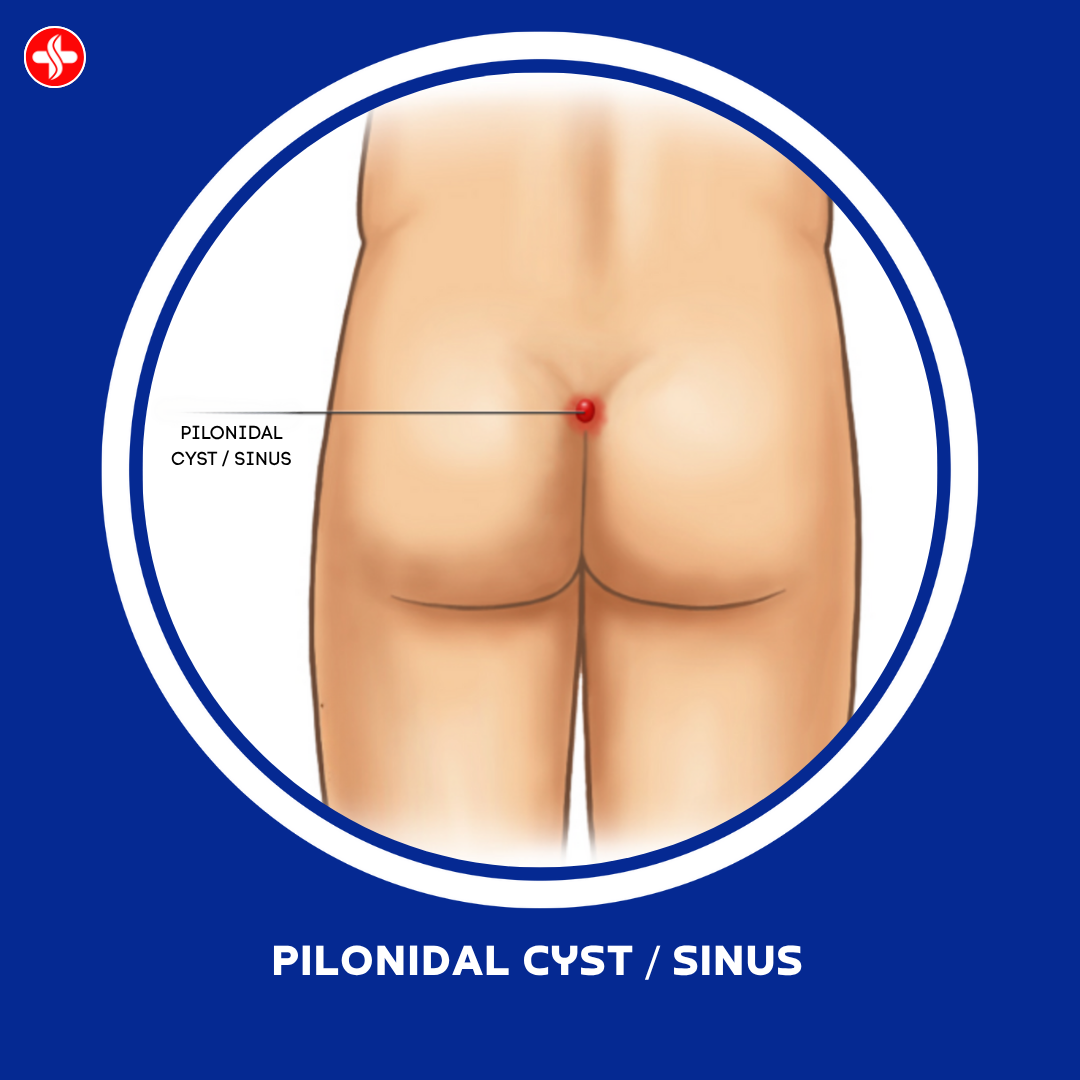Anal fistulas can be complex and challenging conditions to treat effectively. Before undergoing surgery for an anal fistula, it is crucial to assess the anatomy and extent of the fistula tract accurately. One of the most effective diagnostic tools in this regard is the MRI fistulogram. Here’s why it’s essential:
1. Accurate Assessment of Fistula Anatomy:
MRI fistulogram provides detailed imaging of the fistula tract, including its path, branches, and relation to surrounding structures. This information is critical for surgical planning as it helps the surgeon understand the complexity of the fistula and decide the best approach for treatment.
2. Identification of Secondary Tracts and Extensions:
Anal fistulas can have secondary tracts or extensions that may not be visible externally. MRI fistulogram can detect these hidden tracts, which are crucial to address during surgery to prevent recurrence.
3. Evaluation of Adjacent Structures:
The MRI fistulogram also evaluates nearby structures such as the anal sphincters and pelvic floor muscles. This assessment is vital as preserving sphincter function is a primary goal of fistula surgery.
4. Guidance for Surgical Planning:
Armed with detailed MRI fistulogram images, surgeons can create a precise surgical plan tailored to each patient’s specific anatomy. This personalized approach improves surgical outcomes and reduces the risk of complications.
5. Prevention of Recurrence:
By accurately mapping the fistula tract and its extensions, MRI fistulogram helps ensure thorough removal during surgery. This reduces the likelihood of recurrence, which is a common challenge in fistula management.
6. Patient Comfort and Safety:
Unlike traditional methods such as probing or examination under anesthesia, MRI fistulogram is non-invasive and does not require the patient to be under anesthesia. This enhances patient comfort and safety during the diagnostic process.
Conclusion:
MRI fistulogram plays a crucial role in the management of anal fistulas by providing comprehensive anatomical information that guides surgical decision-making and improves treatment outcomes. Before undergoing anal fistula surgery, consulting with a specialist who utilizes MRI fistulogram can significantly enhance the quality and success of the surgical intervention.
Understanding the importance of MRI fistulogram in anal fistula surgery empowers patients and healthcare providers to make informed decisions that prioritize long-term health and well-being.




